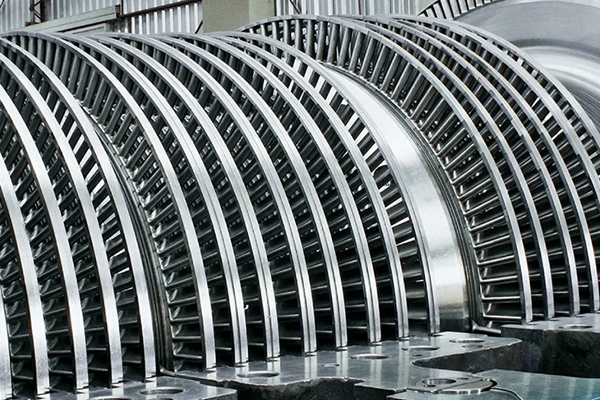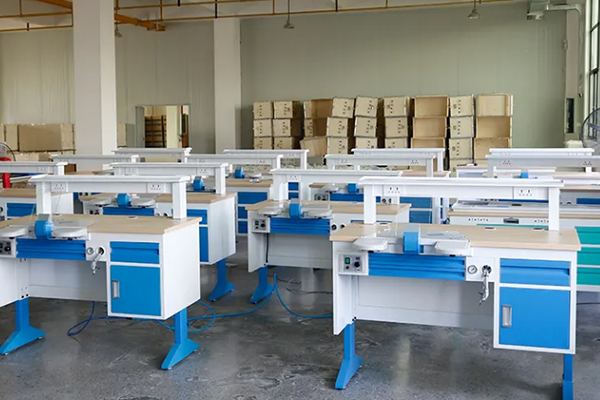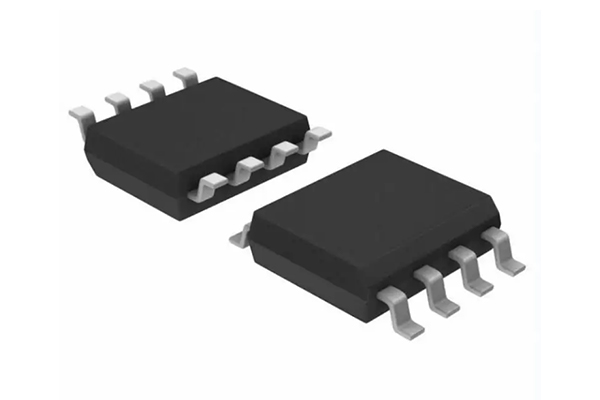Why Carbon Fiber Is The Material Of The Future
Description
Carbon fibre is more than an additional advanced material. It offers a high strength-to-weight ratio and a long service life. Its performance data have been verified in the aerospace and sports equipment sectors, and it is now used in various industries. In this article, we present its measured properties, compare it with conventional metals, and provide a factual explanation of its expanding role.

Content
Carbon fibre is a composite material manufactured primarily from thin strands of carbon atoms arranged in a crystal lattice. This atomic bonding yields a material that is strong while maintaining a low mass. When these fibres are woven into a fabric and combined with resin, they form a material that is both stiff and resistant to deformation. For professionals in chemistry or engineering, the molecular structure is the key factor in achieving its mechanical performance. In direct comparisons with conventional metals, carbon fibre shows a reduction in material fatigue.
In the automotive industry, the use of carbon fibre enables manufacturers to produce vehicles with reduced mass and improved fuel efficiency, while maintaining safety standards. In aerospace, the lower weight leads to reduced fuel consumption and a higher payload capacity. In sports equipment, carbon fibre contributes to improved energy absorption, which is beneficial for items such as bicycles, tennis racquets and golf clubs.
Modern manufacturing techniques have reduced production costs and improved the accessibility of carbon fibre. Engineers are investigating methods to combine traditional materials such as aluminium and titanium with carbon fibre, thereby creating hybrid structures that utilise the strengths of each component. In everyday applications, this approach provides equipment, vehicles and structures that are both strong and efficient in terms of production and processing.
Looking ahead, carbon fibre is expected to be applied in an even wider range of areas. Research into recycling and the reduction of environmental impact from production and disposal is ongoing. Given its precise performance metrics and the potential for a reduced CO2 output, carbon fibre is considered an appropriate candidate for environmentally friendly technology and sustainable design.
Table of Properties and Applications Data
|
Property |
Description |
Applications |
|
Strength-to-weight ratio |
High, providing significant strength at a lower mass |
Aerospace structures, automotive components |
|
Durability |
Resistant to corrosion and fatigue with verified service life |
Sporting goods, building materials |
|
Design flexibility |
Can be moulded into complex shapes with precision |
Custom components for medical devices, robotics |
|
Thermal stability |
Maintains performance across a range of temperatures |
High-performance electronics, aerospace |
|
Sustainability potential |
Recycling research is underway to reduce environmental impact |
Eco-friendly technology, renewable energy systems |
Additional advanced materials and their applications are available at Stanford Advanced Materials (SAM).
Frequently Asked Questions
Q: Why are carbon fibres considered stronger than conventional materials?
Q: Carbon fibres exhibit high strength due to the close bonding of carbon atoms in their structure. This produces a material with a favourable strength-to-weight ratio, which is lighter and offers an extended service life compared to many conventional metals.
Q: How are carbon fibres used in everyday products?
Q: Carbon fibres are incorporated into a range of products, from automotive components to sports equipment. They decrease mass while maintaining the necessary durability and strength, thereby supporting the overall performance of the product.
Q: Are there any environmental concerns associated with carbon fibres?
Q: The production process is energy intensive. However, ongoing research into recycling and sustainable production methods is addressing these issues.

 Bars
Bars
 Beads & Spheres
Beads & Spheres
 Bolts & Nuts
Bolts & Nuts
 Crucibles
Crucibles
 Discs
Discs
 Fibers & Fabrics
Fibers & Fabrics
 Films
Films
 Flake
Flake
 Foams
Foams
 Foil
Foil
 Granules
Granules
 Honeycombs
Honeycombs
 Ink
Ink
 Laminate
Laminate
 Lumps
Lumps
 Meshes
Meshes
 Metallised Film
Metallised Film
 Plate
Plate
 Powders
Powders
 Rod
Rod
 Sheets
Sheets
 Single Crystals
Single Crystals
 Sputtering Target
Sputtering Target
 Tubes
Tubes
 Washer
Washer
 Wires
Wires
 Converters & Calculators
Converters & Calculators
 Write for Us
Write for Us
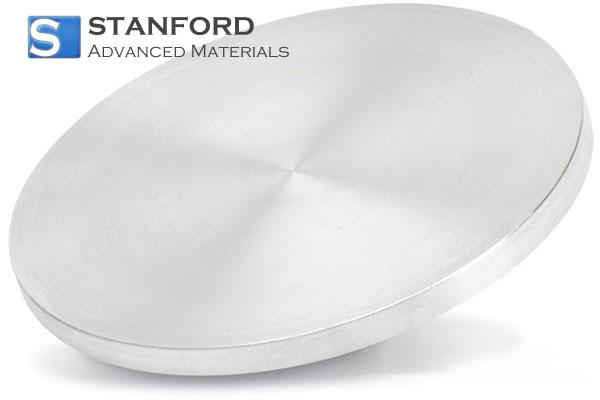
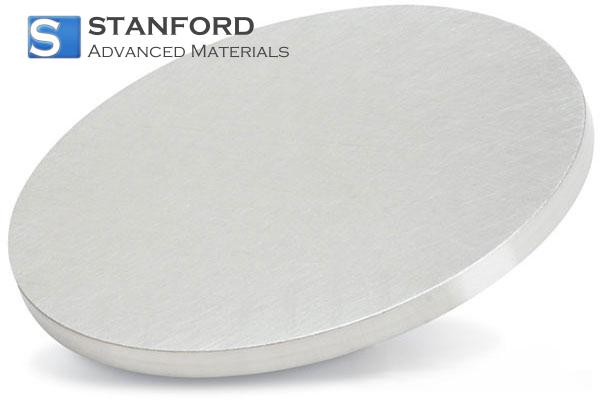
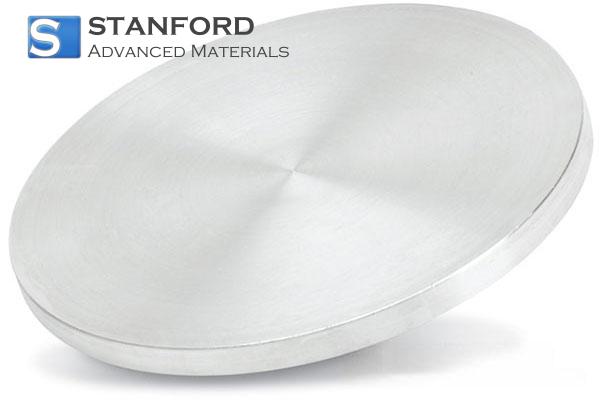
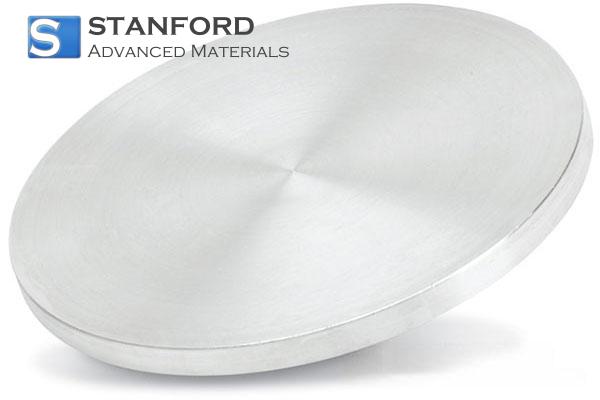
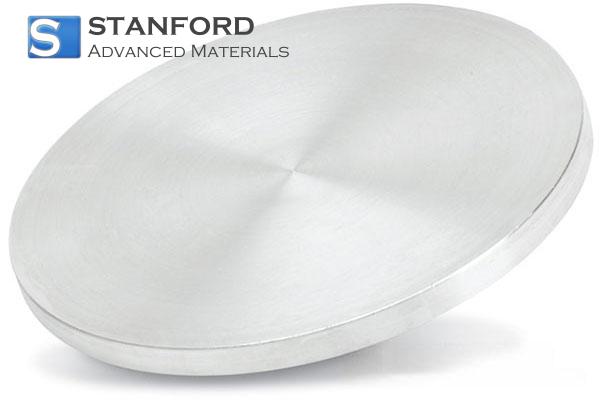
 Chin Trento
Chin Trento

